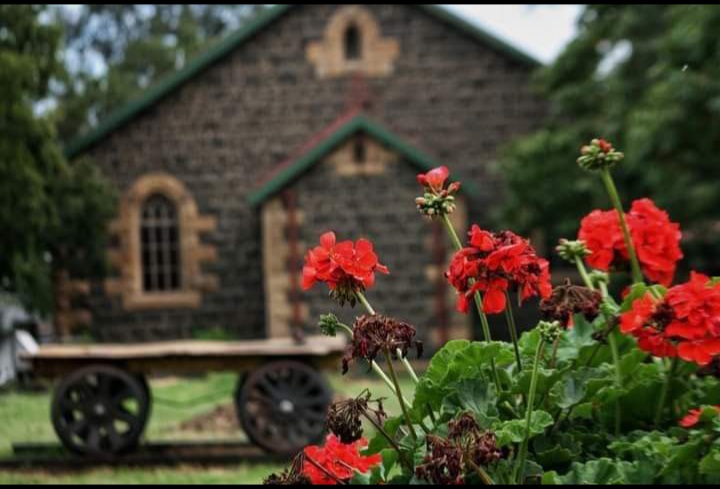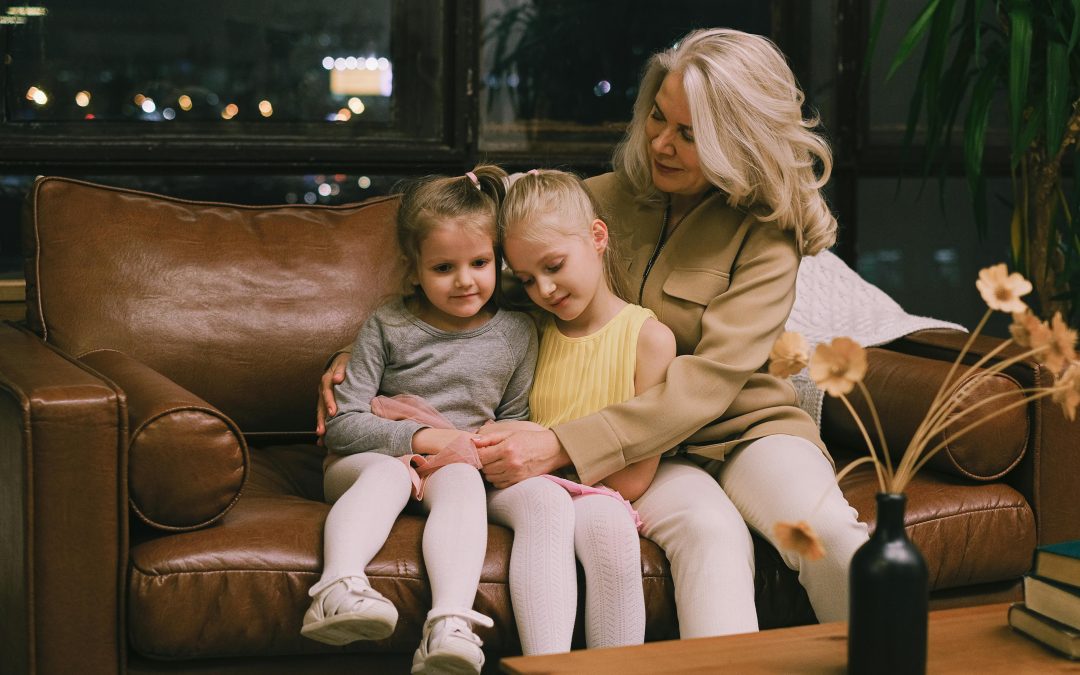In January this year we had all read and heard about the corona virus, which originated in Wuhan, China. However, none of us could have predicted the impact that it would have on our lives and that the year 2020 would be forever etched in our memories.
In Darwin in the Northern Territory of Australia, rumours were rife by mid-March that the Chief Minister, Michael Gunner, was planning to close the Northern Territory’s borders. The majority of Australia’s Aboriginal population is found in the Northern Territory and keeping this vulnerable group safe was considered highest priority. My husband works interstate and usually comes home to visit every five to ten weeks. The situation was very uncertain, and we weren’t sure if he should come home or not. When we realised the closure of the borders were inevitable, he booked a flight back the next day. A few hours after his arrival, the Chief Minister announced restrictions and border closures. We were relieved!
It took some adjusting to have work space in our apartment for everyone in the family, but with a bit of planning and an extra borrowed table in the spare room we all had our personal space to work in.
Schools were kept open, with parents given the choice to send their children to school. A fair number of students chose to self-isolate, and as teachers we did what we could to keep them up to date with lessons. In the meantime, our top priority was to make sure that staff and especially students were feeling safe at school and to look after their mental health. At my school the teachers decided on a dress-up day to lighten the mood. I teach at the senior college of an independent school here in Darwin. It was decided that the term would finish three days early for students. Teachers were given training and planning time for those three days, as well as the first two day of the school holiday. We were told to prepare for online learning in term 2, but that the situation was very uncertain. To say that these were stressful times would be an understatement.
It was only a few days before term 2 was about to start that the Territory government announced that schools in the Northern Territory would be open for business as usual. The Northern Territory was the safest territory in Australia, with only a handful of cases of the coronavirus, which were all from people who arrived from overseas and interstate. To date, the Northern Territory has not recorded any community transmissions or a single death. While schools in the rest of Australia were going online, we went back to school. Staff and students were delighted to say the least. For the first two weeks we still had a handful of students self-isolating, but now all my students are back in the classroom. We have all learned a lot in this time and I am grateful for the training that we received. But I can unequivocally say that face-to-face teaching is still the best teaching strategy – and will be for a long time. While we have made much progress technologically, there is no substitute for the classroom.
In the meantime, I am using my new-found skills to give my students more resources to access from home should they miss a lesson or need to recap the content at home.
Life in Darwin is very slowly going back to “normal”, but we are intensely aware of our responsibility to keep a safe physical distance to ensure that we do not have to go back to strict lockdown measures again.









